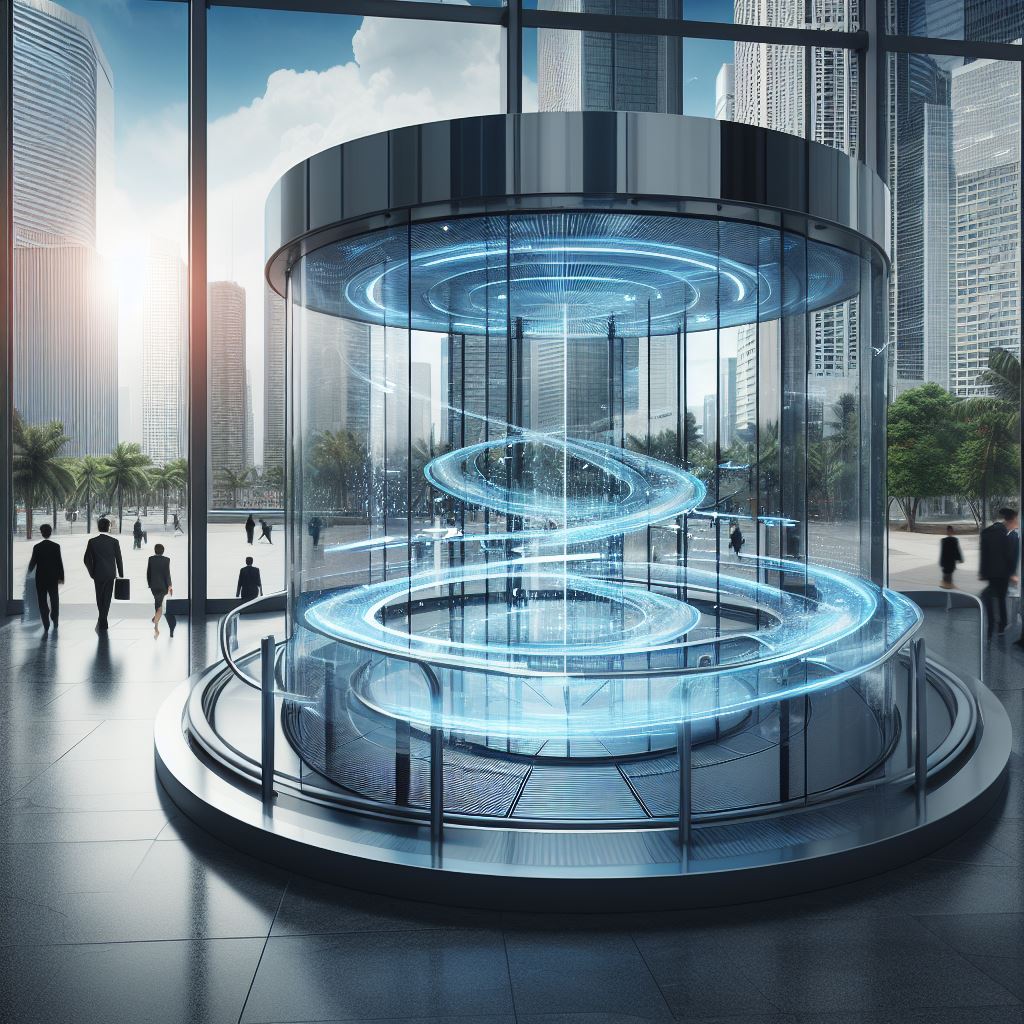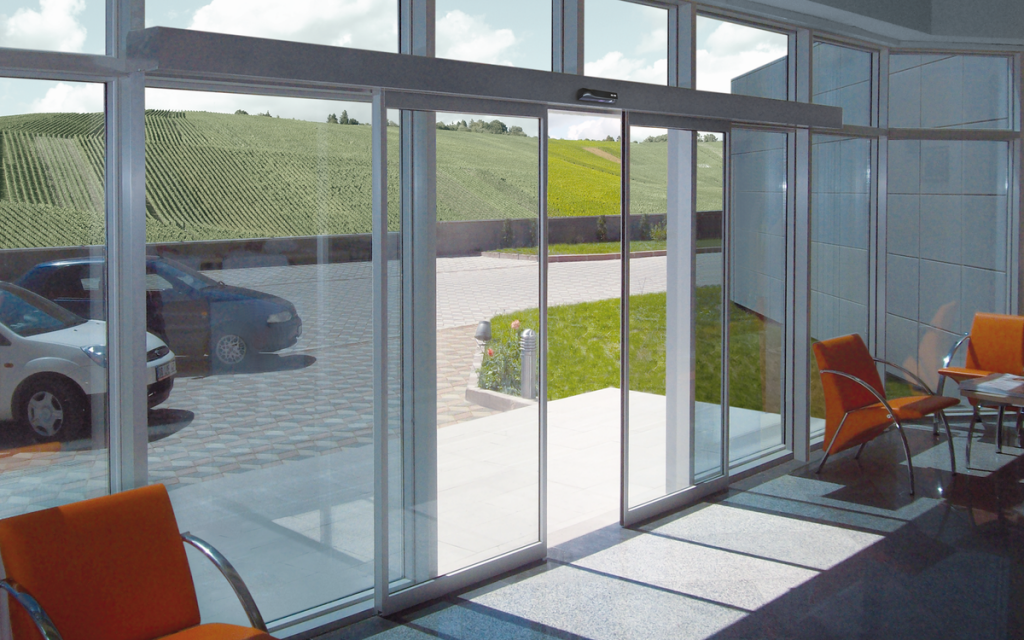
Introduction
Automatic door systems have become an integral part of contemporary architecture, providing ease of access, improved security, and increased energy efficiency. These systems have found applications in a wide range of facilities, including hospitals, airports, retail outlets, and office buildings. This article will explore the various types of automatic door systems, their benefits, and the key factors to consider when choosing an appropriate system for your needs.
Types of Automatic Door Systems
- Sliding Doors: These doors are common in commercial buildings and large establishments. They consist of one or more panels that slide horizontally along a track, providing a wide entryway.
- Swing Doors: Swing doors are ideal for smaller entryways and can be configured to open inward or outward. They are typically used in residential buildings and smaller establishments.
- Revolving Doors: Revolving doors are designed to allow a constant flow of people while minimizing the exchange of air between the interior and exterior of a building. They are common in busy commercial spaces, such as shopping malls and hotels.
- Telescopic Doors: These doors consist of multiple panels that slide and stack to one side, allowing for an extra-wide opening. They are often used in large commercial buildings where maximum entrance width is required.
Benefits of Automatic Door Systems
- Enhanced Accessibility: Automatic doors provide barrier-free access, making it easy for people with disabilities, the elderly, and those with mobility issues to navigate through the building.
- Improved Security: Automatic doors can be integrated with access control systems to restrict unauthorized entry, enhancing the security of a facility.
- Energy Efficiency: These systems minimize the exchange of air between the interior and exterior of a building, reducing the load on HVAC systems and promoting energy conservation.
- Hygiene: In facilities like hospitals and clinics, automatic doors help maintain a sterile environment by minimizing contact between users and door surfaces.
Key Factors to Consider When Choosing an Automatic Door System
- Type of Facility: The specific needs of your facility will influence the choice of door system, such as the expected foot traffic, size of the entryway, and level of security required.
- Budget: Different door systems come with varying costs, so it’s essential to consider your budget when making a decision.
- Maintenance and Support: Regular maintenance is crucial for the smooth operation of automatic door systems. Choose a provider that offers comprehensive maintenance and support services.
- Safety Features: Ensure that the door system you select has built-in safety features, such as sensors to detect obstacles and prevent accidents.






